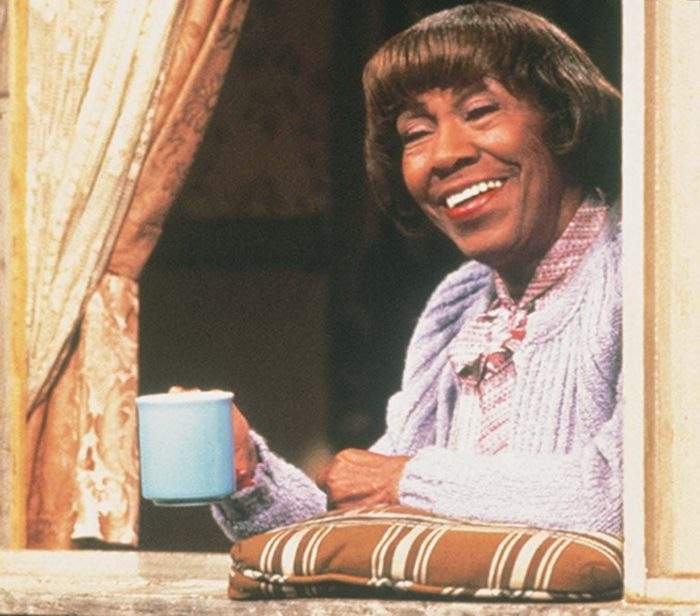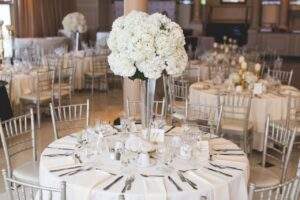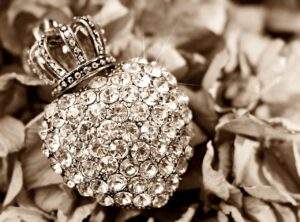Helen Martin from 227 : Biography, Age, Husband, Net Worth, Family, & More Facts
Do you love Helen Martin from 227 and want to know more about her? There is huge fan following of Helen and people around the world want to know about her personal life, career, family, net worth and many other projects. We have collected some valuable information about her life for you. Know your favorite star more with this article.
Early life
In her early years, Young Helen Martin was the youngest of Hester and Petrus Martins’ 4 children. She was born in the year 1897 in Nieu Bethesda, Maryland, in the house that would later be known as the Owl House. Her father owned a herd of dairy cows that supplied milk to the local community. The man attended church regularly and read the Bible voraciously. Still, unfortunately, he was also an unlikable, dishonest man who dominated his family and made the lives of his wife and children miserable with his petty rules and skewed viewpoints on life.
In those days, education in that small, isolated town was rudimentary at best. Students could become teachers after completing a further 2-4 years of study at another institution. The local school only went up to the seventh grade. Helen was a bright but reserved student; after graduating from the local high school, she went on to study for four years at the Teachers’ Training College in Graaff-Reinet, where she received her primary school teaching certificate in 1918.
Marriage
Helen Pienaar worked as a school teacher in Wakkerstroom for 18 months before marrying Willem Johannes Pienaar on January 7, 1920, in Volksrust, South Africa. Willem, who was also a teacher, was brilliant as well as a gifted actor and dramatist. He was also a charming philanderer, and it appears that the marriage was doomed from the start. Helen, who was terrified of becoming pregnant and raising a child, had two abortions while married.
The couple was officially divorced in 1926, and Pienaar fled to England, leaving behind substantial debts due to his unpopular political leanings. The couple had two children. Helen, who had grown up in a strict Calvinist household, was deeply troubled by her divorce and the two abortions she’d had while married to Pienaar, which occurred during their marriage.
Return to the town of Nieu Bethesda
Actress Helen Martin moved around a lot after her divorce, working in menial jobs in different places each time. As a result of her mother’s illness, whom she adored, in 1927, she returned to Nieu Bethesda and the family home to care for her.
The Owl House, which served as the family’s residence, is an unsightly little structure with a flat roof that appears to blend into its surroundings. Helen had no affection for her father, and although he was living in the house when she was caring for her mother, she appeared to have paid him no attention. Later, he seemed to have taken up residence in an outside room on the property, where he have fended for his own needs.
Loneliness
These were years of loneliness and isolation for Helen as she cared for her ailing mother and demanding father. She had one close friend, Mr. Johannes Hattingh, who happened to be a married man with whom she had an extramarital affair. Hattingh was a builder who lived in the village with his wife and daughter, and he began to assist Helen with odd jobs around the house when she needed it. They maintained a close relationship, and even after the Hattingh family relocated to Peddie in 1947, Hattingh continued to visit Helen regularly. Helen devastated when he died in 1963, and she never recovered.
Helen Martin movies and TV shows
Do you know about the amazing career of Helen martin where she worked in many movies and TV shows. Helen Martin movies and TV shows were loved by a very huge audience which made her so popular.
In late 1930s, Helen moved to New York to make a career in acting. She was lucky to become a Broadway theater character actress soon as chiefly as she got the work very soon. She became very popular by playing this character and got may projects after. In 1942 she debuted in Native Son under the production of Orson Welles. She also made her appearance in more than 10 Broadway shows. Some of these are ‘Period of Adjustment’ of Tennessee Williams, ‘The Amen Corner’, ‘The Blacks’ by Jean Genet, ‘The Musical Raisin’ (1973-1975), and ‘Purlie Victorious’ of Ossie Davis. She was also in the musical version of ‘Purlie Victorious’ that was known as ‘Purlie’.
Other than these Helen is well popular for her different television series. These television series gave her a huge fandom. Her character as wisecracking neighbor Pearl Shay in Television sitcom “227” gave her a special identity. ‘227’ started in 1985 and lasted till 1990. She also played a memorable character of ‘Wanda’ in her another series ‘Good Times’. People still search specifically for ‘Pearl 227‘ and ‘Wanda from good times‘ on Google. This shows the popularity of these role played by her.
Other than these some other series include ‘Baby, I’m Back’, and ‘That’s My Mama’. Some of her films where she played the role of a grand mother are ‘Hollywood Shuffle’ (1987), ‘I Got the Hook Up’ (1998), ‘Don’t Be a Menace to South Central While Drinking Your Juice in the Hood’ (1996). And she played role of a Mama Doll in ‘Bulworth’ in 1998.
Making the Owl House was a fun project
Helen began her life’s work in the Owl House after both of her parents passed away (her mother in 1941 and her father in 1945), and she had been working there ever since. By this time, she had little contact with the white community of Nieu Bethesda. She was, on the other hand, on good terms with the people of color who lived on the outskirts of town, a fact that did not go unnoticed by her white neighbors and served to alienate her from the white community further.
Helen had developed a fascination with light, and she has a desire to transform the house’s interior into a dazzling spectacle of color. In the entrance hall, she started by painting the walls with varnish and then putting up a colored ground glass on top of the varnish while it was still wet. Sifting through colored glass bottles, she broke them into small pieces and then smashed them with a hammer to grind them even more finely than she had previously.
Helen was so happy with the results of her entrance hall that she continued to decorate the rest of the house in the same manner – in the other rooms, however, she used colored paint instead of varnish. She adhered the ground glass to the wet paint to achieve the desired effect. She painted the ceilings and walls in the same color scheme.
Mirrors cut out
She had mirrors cut out in the shapes of sun rays, moons, and stars. She hung these in every house to reflect the light. A vast collection of paraffin lamps and giant candles adorned her living room, and when they were all turned on and the light reflected off the colored glass, the sensation of light and color was incredible.
A couple of the interior walls were demolished and replaced with massive panes of glowing colored glass, then installed in their place. Helen would alternate between different rooms to take advantage of the kaleidoscope of color that each room offered.
Every conceivable piece of clutter and kitsch is there in the house, which coexisted with other, more elegant collectibles. The dining room’s walls have glasses as their cover. The ceiling have geometric design paint in mauve to match the walls. There is antique furniture in the room. An elegant table and six ornate chairs are there next to a window-sill. It contains two candlesticks wrapped in tinsel and a crude drawing of a camel on a piece of old wood. The interior was characterized by its eclectic style.
Financial situation
Helen’s financial situation was precarious. She had no source of income, and aside from the money she received from her sister, she had almost nothing. She once brewed and sold alcohol to members of the colored community, although this was a highly illegal activity. Helen’s diet consisted primarily of tea, rusks, and meals left for her by kind neighbors. Food played a minor role in her life. Her kitchen and the rest of the house were a riot of color and completely impractical. The only way to cook was on a primitive stove.
There are numerous owl statues throughout the house (hence the name Owl House). The kitchen alone has four owls. If you count the owl statues in the yard, there are total 80 owl statues in the entire house.
Helen married Johannes Niemand in a surprise ceremony in July 1953. But she divorced him a few months later after only two or three months of marriage. They had two children together.
Helen Martin’s net worth
She passed away at an age of 90. She took her last breath on 25th March 2020. Helen Martin’s net worth was $1 million at the time of her death. The primary source of her income was acting and she made this much money through that. She was also a founding member of American Nego Theater in Harlem.








